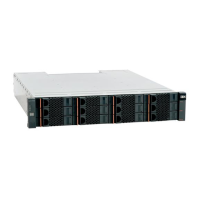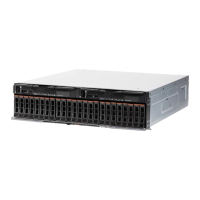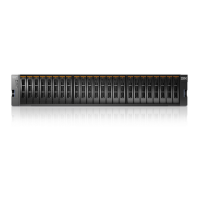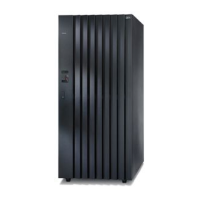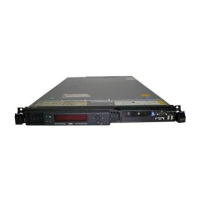Activating a Port
Activates a port of a remote target.
target_port_activate target=TargetName < ipaddress=IPaddress | fcaddress=wwpn >
Parameters:
Name Type Description Mandatory
target Object name Remote target of the
port.
Y
ipaddress N/A IP address of the port
on the remote target
(iSCSI targets only).
N
fcaddress N/A FC address of the port
on the remote target
(FC targets only).
N
This command activates a port of a remote target.
Each port in a remote system can be configured as either active or inactive. The
system does not use an inactive port. After a port is defined, it is active by default.
This command reactivates a port if it was de-activated (by using
target_port_deactivate).
This command has no effect, if the port is already active.
Example:
target_port_activate
target=Nextra2 fcaddress=10:00:00:17:38:27:ec:11
Output:
Command completed successfully
Access Control:
User Category Permission
Storage administrator Allowed
Storage integration administrator Allowed
Application administrator Disallowed
Security administrator Disallowed
Read-only users Disallowed
Technicians Disallowed
Completion Codes:
v TARGET_PORT_BAD_ADDRESS
Remote port address is illegal or does not belong to the remote target
v TARGET_BAD_PORT_STATE
Port is already in requested activation state
Chapter 10. Remote Target Connectivity 189
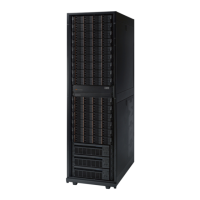
